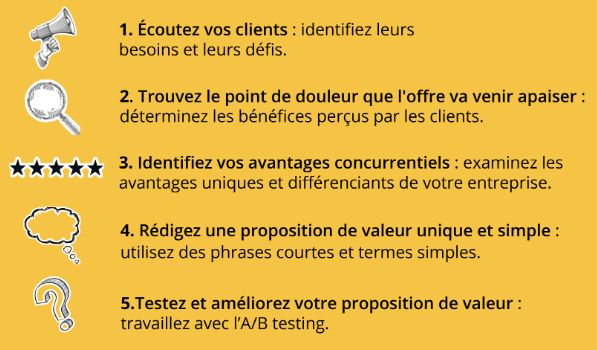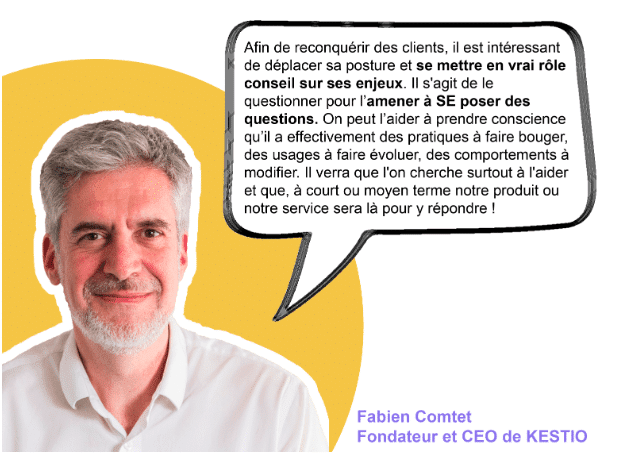10%,
A company loses an average of 10% of its customers each year! While the causes may vary (no longer a need to be met, disappointment with the service, departure for the competition, etc.), the result is the same: your company must find a solution to compensate for these departures and not lose revenue.
Knowing the investment required to acquire new customers, reactivating your former customers is a strategic approach! Even if they no longer use your services, they are already familiar with your company, your expertise, and your working methods.
They will be more inclined to collaborate with you again for a future project. Today, we are giving you the steps to follow to reactivate your former clients!
*Source: Harvard Business School
STEP #1 – Identify your lost customers
To implement an effective customer reactivation campaign, you must be able to clearly identify which customers have left your company.
To achieve this, the daily use of a CRM will be essential. It will allow you to obtain a comprehensive view of your clients' history: when were their last transactions? How did your last interactions go?
By using the various targeting filters in your CRM, particularly on the date of activity of your customers, you will be able to identify your inactive customers.
And thanks to the contact data collected for each customer, you will be able to personalize your reactivation campaigns according to their expectations.
If you need help identifying your lost customers within your CRM, check out our special CRM “KESTIO Questions-Answers” webinar!
Discover the webinar
"Kestions-Réponses" CRM

Thanks to your CRM, you will be able to calculate your attrition rate.
Also known as 'churn rate,' the attrition rate refers to the percentage of customers lost relative to your total number of customers.
| Once the extent of your attrition rate has been measured, you can investigate the reasons for these departures and implement your recapture strategy! |
💥 STEP #2 – Refine your value proposition
An essential step in a relevant marketing approach, the value proposition is the simple and precise formulation of the added value of a product or service as perceived by the customer.
In other words, it demonstrates the profitability (savings achieved, revenue generated) of the proposed solution and alleviates concerns about the risks associated with the project. By making your proposal unique, it allows you to stand out from your competitors and facilitate your client's purchasing process.
If the value proposition is not clearly identified by the customer, it may be the cause of its loss. If you are in this case, it is therefore essential to rework the wording.
How to build your value proposition?
Does your target audience understand your offer?
Are its differences clear?
Are the members of your company able to talk about it easily?
These are the questions that help identify whether your value proposition is effective!
Download the value
Proposition canvas
🤝🏻 STEP #3 – Focus on relationship marketing
The cost of acquiring a new customer is higher than that of reactivating old customers. It may be more effective for companies to recover lost customers. For this, relationship marketing appears as an interesting strategy to reconnect and develop a privileged and lasting relationship.
The goal will be to understand the specific needs of customers, their preferences, and their behaviors, to encourage them to trust you again and ensure the future of exceptional customer service.
There are several methods for implementing a relationship marketing strategy
to win back lost customers:
- Customer segmentation: Use the data you have on your lost customers to segment them into groups, based on their needs, purchasing behaviors, and preferences. This will allow you to tailor your recapture strategy to each group.
- Personalized communication : respond to specific needs, via social networks or emailing campaigns.
- Loyalty program: consider setting up a loyalty program to reward returning customers and/or a referral system.
- Customer service: Offer impeccable customer service to your lost customers by providing quick and effective responses to their requests.
- Customer feedback: identify areas for improvement by sending out satisfaction surveys or implementing call campaigns.
By using these relationship marketing techniques to win back lost customers, you can also improve your retention rate and reduce the costs of acquiring new customers.
Talk to a relational
Marketing expert








